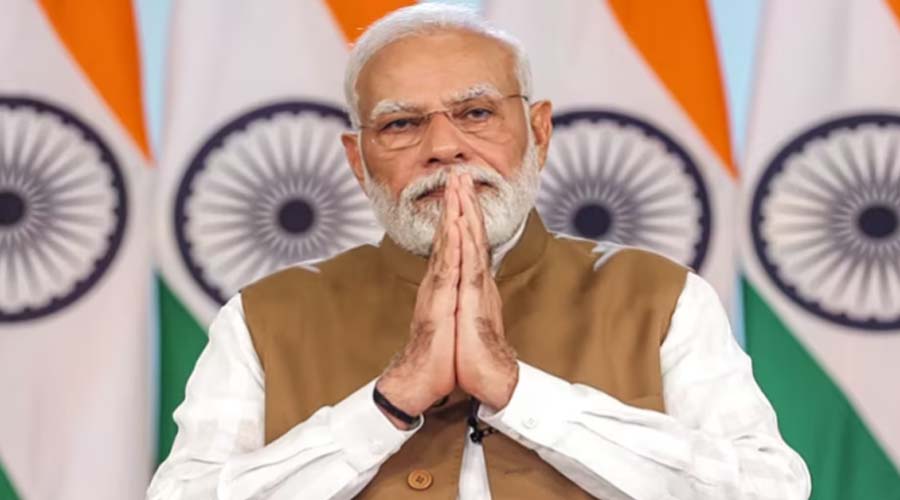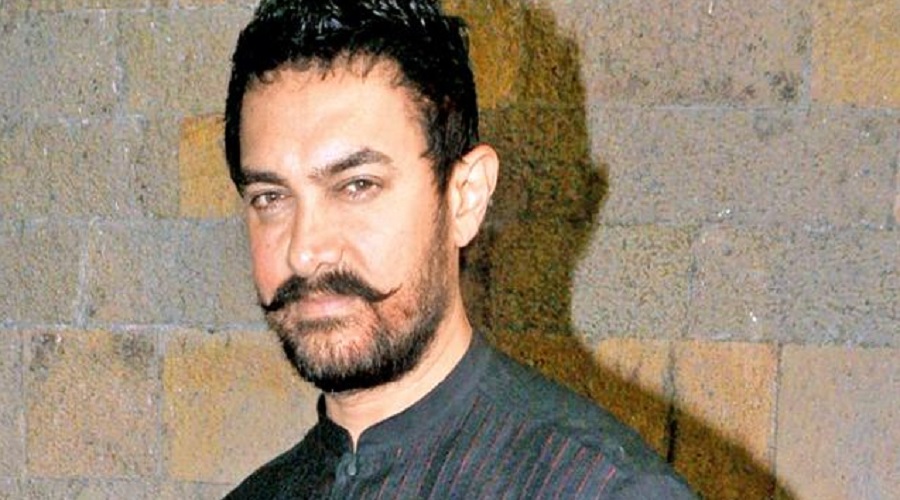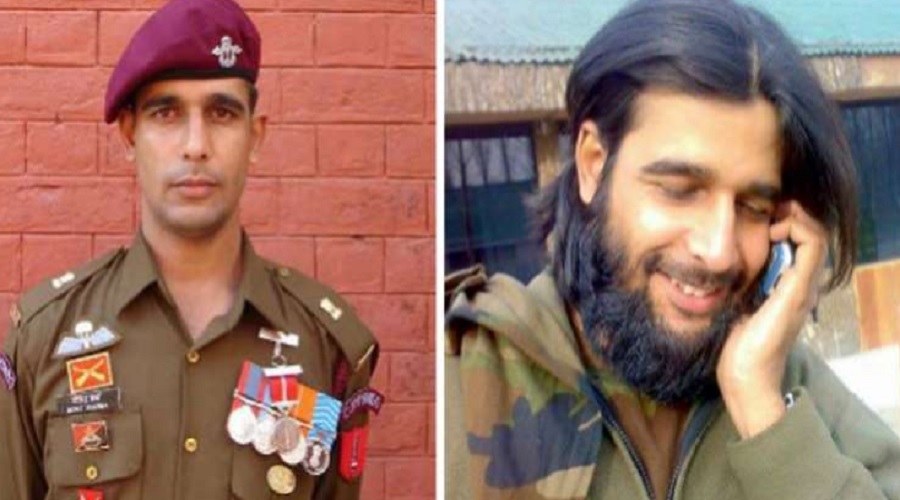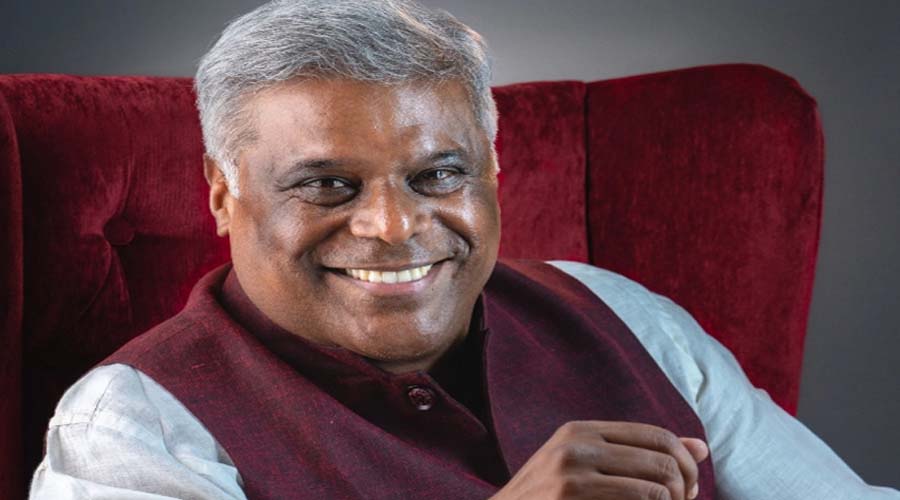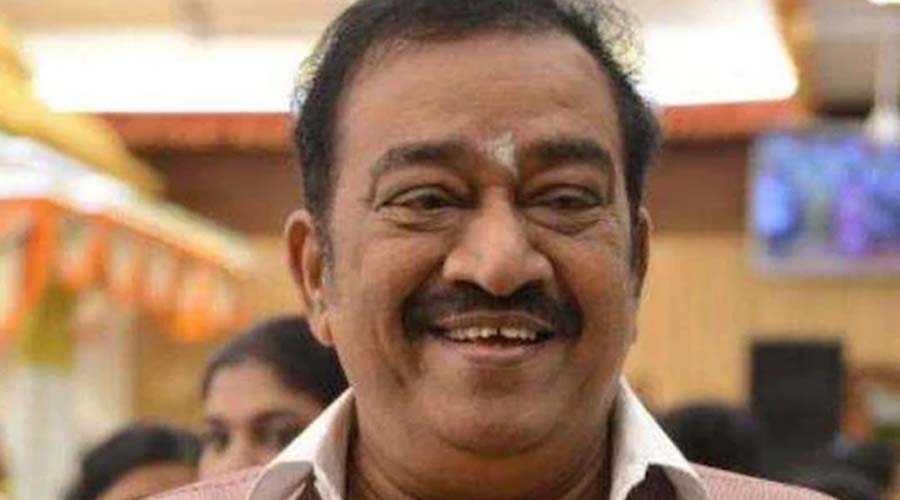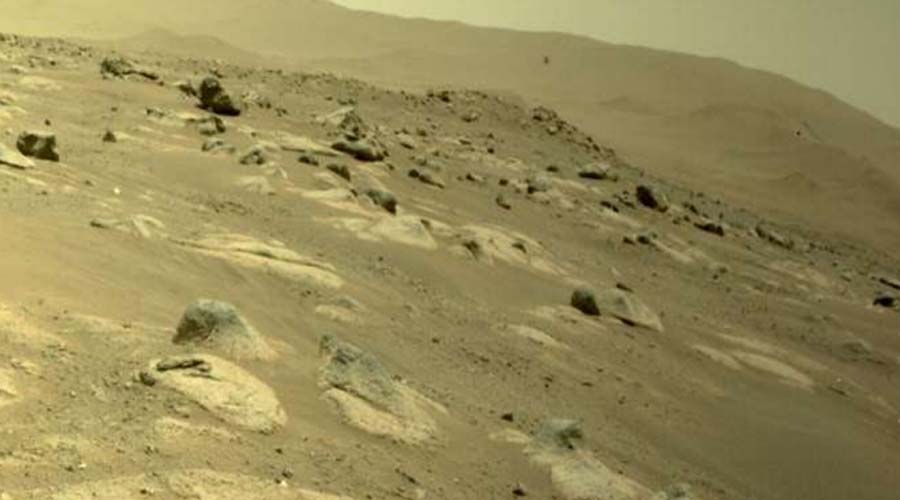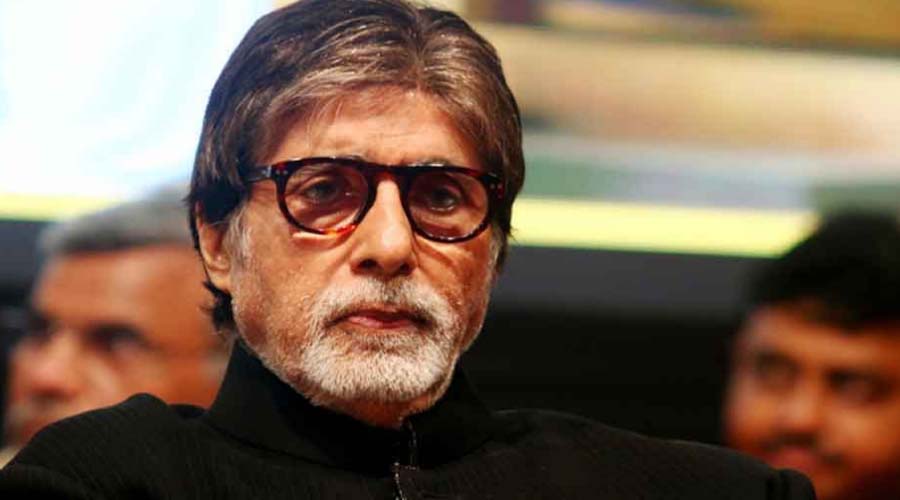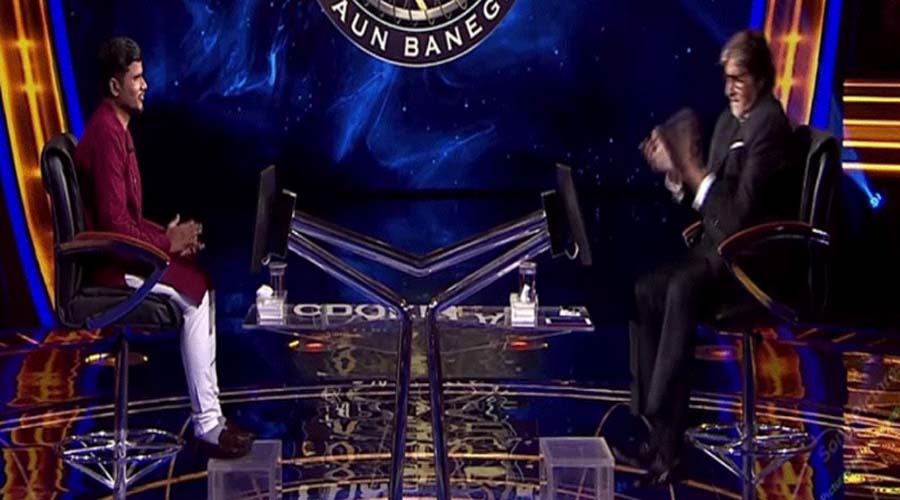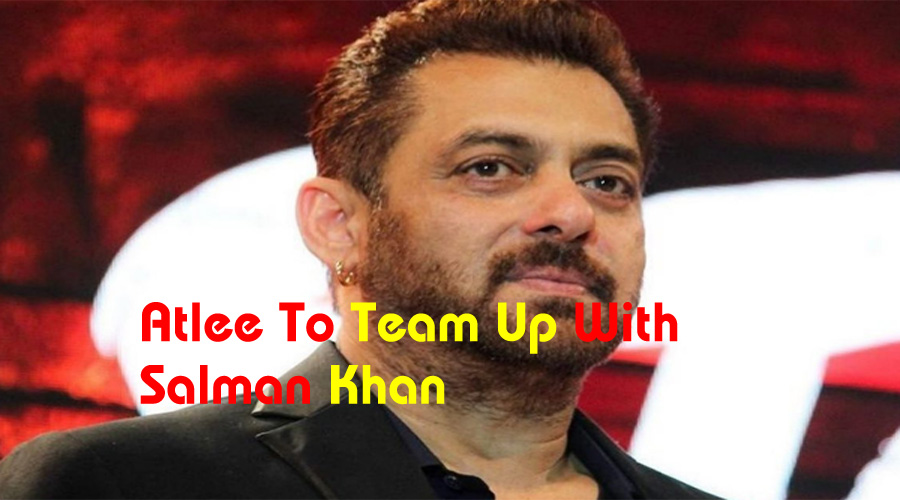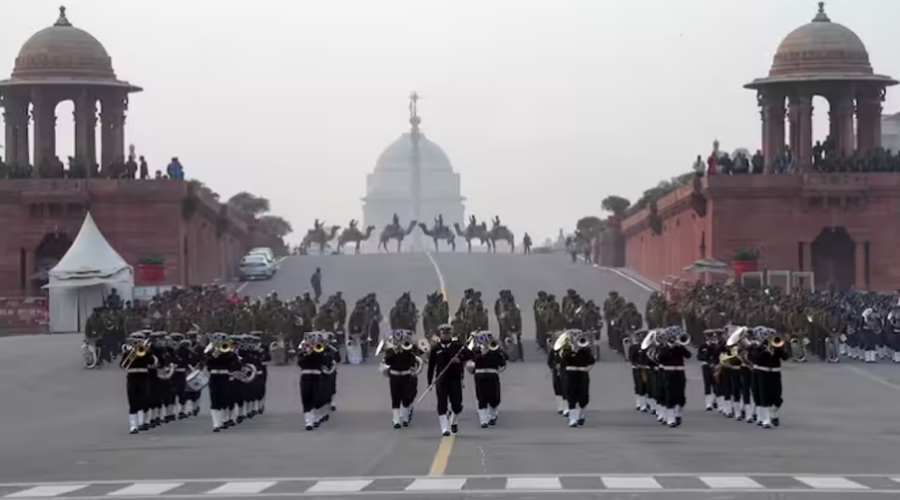Now Eyes On September 7 Moon Landing
- 22-Jul-2019
- 0 Comments
New Delhi: India’s quest to land its first spacecraft on the moon got off to a smooth start on Monday afternoon, with the successful launch of Chandrayaan-2 mission aboard the country’s most powerful rocket. The Chandrayaan-2 mission lifted off from the Sriharikota launch range at its appointed time of 0243 pm.
The mission would see the lander and rover modules of the spacecraft make a soft-landing on the moon’s surface 48 days from now, on September 7. Both of them will be ‘alive’ there for 14 days, during which they will carry out various experiments and collect data.
The mission also has an Orbiter module that will go around the moon for the next one year in an orbit 100 km from the moon’s surface. During this time, the various instruments on board the Orbiter will study the moon’s surface, its atmosphere, prepare three-dimensional maps, and also search for further evidences of water.
After an aborted attempt last week, when scientists had to call off the launch of the mission less than an hour before the lift-off due to a technical glitch, there was some anxiety at the mission control, especially since the launch window was barely a couple of minutes long. But today’s launch went ahead without any trouble, as the massive 640-tonne GSLV Mk-III rocket carried the 3850-kg Chandrayaan-2 composite module into space.
Less than 17 minutes later, Chandrayaan-2 was on its own, having been deposited in an earth orbit by the rocket, which after burning its successive stages, had separated itself completely from the spacecraft. Chandrayaan-2 will spend the next 23 days circling around the earth, incrementally raising its orbit, before it would embark on a seven-day journey to enter an orbit around the moon.
The jubilation in the mission control was held back till the final separation. At that time, 16 minutes 23 seconds after the launch, scientists in the mission control clapped a bit and then got up to shake hands and congratulate each other.
“Today is a historic day for space and science and technology in India. I am extremely happy to announce that that GSLV Mk-III has successfully injected Chandrayaan-2 in desired orbit,” ISRO chairman K Sivan said minutes later.
While the Chandrayaan-2 mission still has a long way to go, scientists had the satisfaction of seeing the GSLV Mk-III rocket, ISRO’s launch vehicle for the future, complete its job successfully on its maiden operational flight. The GSLV Mk-III, which has an interesting history of how technology denial had impeded India’s progress in space, has taken ISRO decades to build. Meant to carry heavy spacecraft, in the range of 4000 to 6000 kg, deeper into the space, GSLV Mk-III had earlier completed one experimental flight and two development flights. Chandrayaan-2 has been its most important mission thus far.
“Actually, it is just the beginning of India’s historic journey towards the moon, and to land at a place near South Pole (of the moon) to carry out scientific experiments to explore the unexplored,” he said.
Sivan congratulated the mission team for recovering quickly from last week’s setback and applying corrective action in quick time.
“Immediately after the technical snag was observed (because of which July 15 launch was aborted, we pulled it (the mission) back, and the entire team ISRO swung into action. The work done in the next 24 hours at this centre (Satish Dhawan Space Centre in Sriharikota) was mind boggling. The launch vehicle was quickly brought back to normal. Everything happened in just 24 hours. The next one and half days was spent in carrying out the required tests to see whether, after the corrective action that was taken, everything functioned normally. The mammoth task was accomplished due to very hard work put in by team ISRO,” he said.
Chandrayaan-2 is attempting to become the world’s first spacecraft to land near the South Pole of the moon. All the previous 28 landings on the moon, including the human landings, have happened in the equatorial region. Studies have, however, indicated that the unexplored polar region could hold much greater science potential.
The polar regions of the moon is supposed to be filled with small and large craters, ranging from a few cm in size to those extending to several thousands of kilometres (these craters make it extremely hazardous for a spacecraft to land here). This region is also extremely cold, with temperatures in the range of -200 degree Celsius. Unlike the earth, the moon does not have tilt around its axis. It is almost erect, because of which some areas in the polar region never receive sunlight. Anything here remains frozen almost for eternity. Scientists believe that rocks found in these craters could have fossil records that can reveal information about the early solar system.





